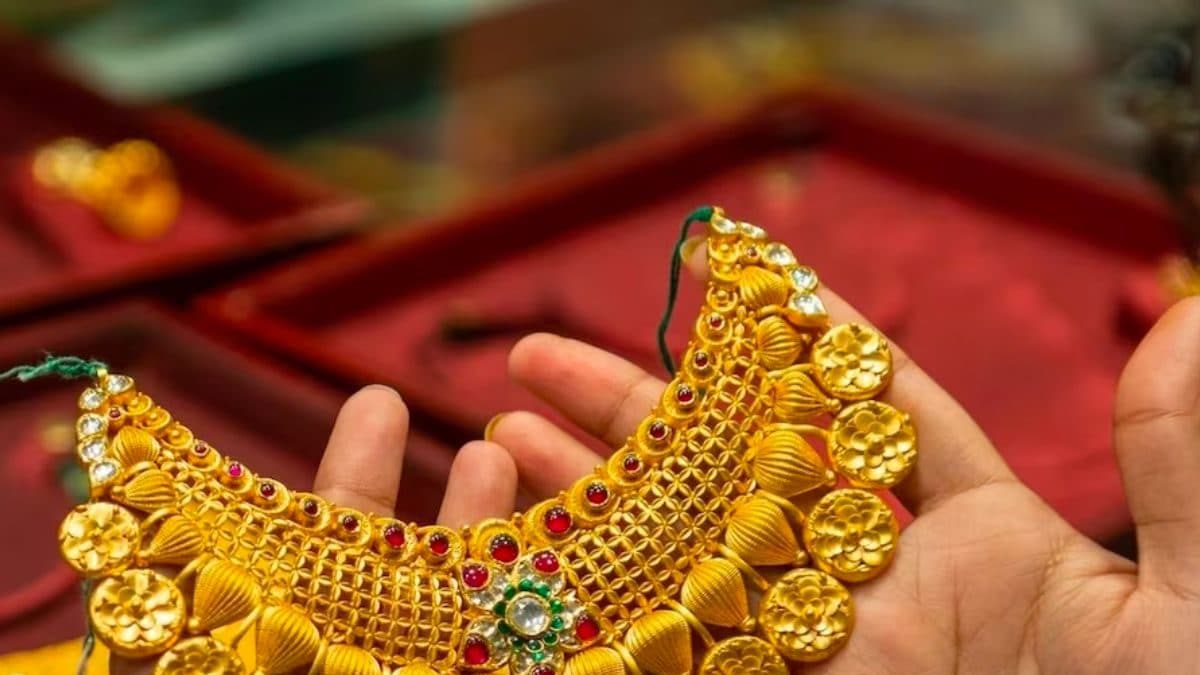Ahmedabad witnessed a surge in the price of gold as it reached Rs 67,900 per 10g in the local market on Saturday, marking a Rs 300 increase in value compared to the previous day. This continuous appreciation in gold prices for the eighth session in a row can be attributed to macroeconomic headwinds and geopolitical factors. Factors such as the weakening US dollar, economic instability in China, and speculations of a US Fed rate cut in June have contributed to the global and Indian rally of gold prices.
If the prices continue to rise, analysts suggest that investors may opt to sell their gold holdings to capitalize on profits. The significant spike in prices since early March has left jewellery retailers and bullion traders in a predicament as they anticipate a decline in demand. The demand for gold and gold jewellery was favorable leading up to the wedding season, but most sales now involve the exchange of old gold for new jewellery, indicating a shift in consumer behavior.
As the wedding season comes to an end, the demand for gold is expected to decrease, resulting in reduced imports. The recent surge in gold prices has sparked concerns among industry stakeholders, signaling potential challenges ahead. Additionally, the market has been witnessing fluctuations fueled by uncertainty in the global economy.
Insight:
The rise in gold prices signifies a shift in the investment landscape, with investors flocking to precious metals as a safe haven amidst economic volatility. The interplay of macroeconomic factors and geopolitical tensions continues to influence the price of gold, highlighting the metal’s role as a hedge against inflation and market instability. As gold prices soar to new heights, stakeholders must adapt to changing consumer preferences and market dynamics to navigate the evolving landscape of the precious metals market.









